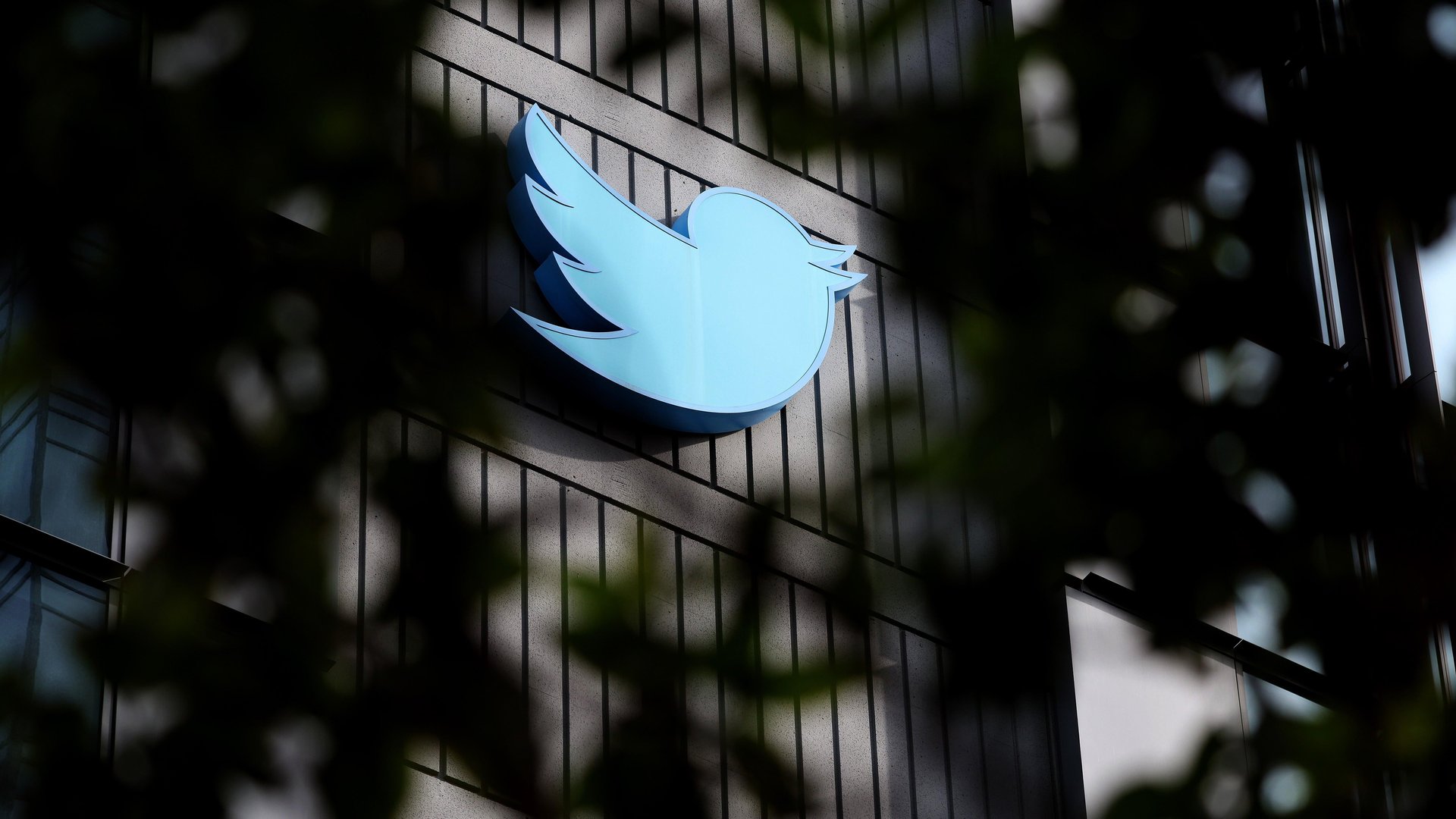Elon Musk’s first test of how to handle misinformation on Twitter is not going well
Twitter’s new owner posted, and then deleted, a conspiracy theory about Paul Pelosi’s attack

The attack on Nancy Pelosi’s husband at their home in San Francisco set off a trail of conspiracy theories. For one newly minted social media owner, it was a first test of how misinformation spreads online in 2022—and the results weren’t promising.
Elon Musk, the new Chief Twit at Twitter, decided to participate in the online response to the violence targeting the Speaker of the House—the third highest-ranking institutional figure in the US—by replying to a tweet by former Secretary of State Hillary Clinton, who pointed out how “hate and deranged conspiracy theories” emboldened the man who attacked Paul Pelosi.
In his since-deleted post dated Oct. 30, Musk wrote: “There is a tiny possibility there might be more to this story than meets the eye” and shared a link to an unfounded anti-LGBT conspiracy theory by Santa Monica Observer—a site notorious for publishing right-wing fake news that has since updated the story to say: “San Francisco Police said today that victim Pelosi and suspect Depape, did not know each other prior to the attack. SFPD reaffirmed that the assault followed a break-in.”
Ever since Musk first toyed with the idea of buying the company six months ago, there’s been much concern about content moderation. The world’s richest man, who boasts more than 110 million followers on Twitter, has said the social media platform won’t become a “free-for-all hellscape,” but users are already reporting a surge in hate speech and misinformation.
Hate speech surges on Twitter after Musk’s takeover
In the 12 hours since Musk closed the $44 billion deal, use of the N-word on the platform jumped 500%, according to observers. Tweets sharing antisemitic memes and mentioning “plandemic”—a conspiracy theory that suggests elites are using the pandemic to gain power and profit off vaccines—also ballooned, up according to social media analytics firm Dataminr, Bloomberg reported. Anti-trans harassment went up, too.
Yoel Roth, Twitter’s head of safety and integrity, explained that Twitter’s policies remain unchanged. The surge was the result of a targeted “trolling campaign” from a few accounts posting a barrage of slurs.
Musk also posted Roth’s explanation in response to a post by NBA star LeBron James expressing concern at the surge in racist language. But given the timing of the uptick, the clarification did little to soothe those who worried that Musk’s leadership would blur the lines between hate speech and free speech.
The increase in misinformation and hate speech creates financial problems for Twitter as it can alienate advertisers, the company’s main revenue source. General Motors decided to temporarily suspend ads on Twitter as it tries to “understand the direction of the platform under their new ownership,” as it announced on Friday (Oct. 28).
Who quit Twitter after Musk took charge?
Some high-profile users left the platform in response to its new ownership. On Oct. 28, This Is Us executive producer Ken Olin tweeted, “I’m out of here.” Less than a week before that, he’d said, “Gotta wean myself off of this soon to be Musk machine.” The next morning, Scandal and Grey’s Anatomy fame writer-producer Shonda Rhimes tweeted she’s “Not hanging around for whatever Elon has planned. Bye.” The day after, Grammy-award winning singer Sara Bareilles left the platform.
Director Rob Reiner, though, took a different route of doubling down on the platform, warning that it could become a red-tinted echo chamber ahead of the election. Star Wars fame George Takei echoed his sentiments.
Meanwhile, Ye, who was banned on various social media platforms and dropped by big-name brands like Adidas for making anti-semitic comments, had his Twitter account reinstated. However, Musk says he had no part in that decision.
Musk’s plan for Twitter
Musk teased verification changes on Twitter, saying the process of getting a blue badge is under review, while The Verge reported that a fee-paying system for verified users in the works.
Musk also appears to be considering bringing back another social media platform. According to a poll he ran on his page, he’s considering bringing back Vine to better position the company to rival TikTok.
Vine was a short-form video platform where users could make six-second videos, which Twitter bought in 2012 but shut down in 2017 because it couldn’t monetize it. But these days, there are proven lucrative ad models.
Guess who’s back? Jack Dorsey’s back
As Musk takes over, Twitter’s old guard has found a new social media home. Jack Dorsey, who founded Twitter in 2006 and ran the company for years, announced that his new blockchain based BlueSky Social was accepting beta users. The company claims it’s already received 30,000 sign ups.